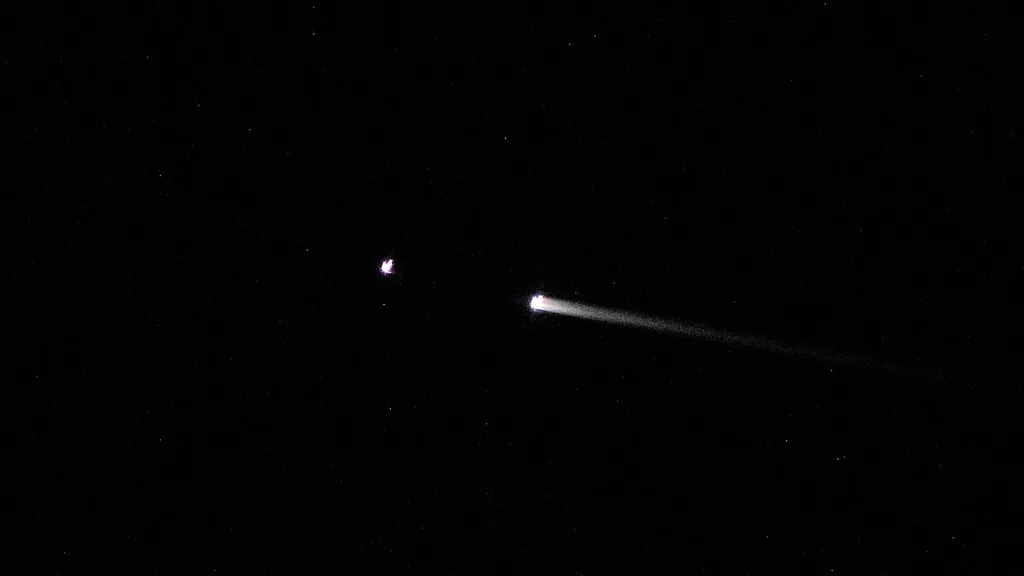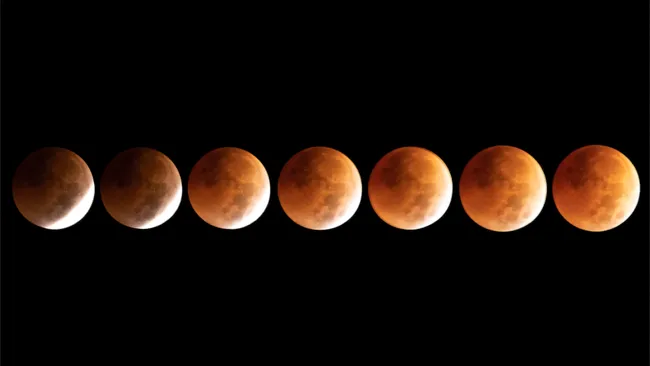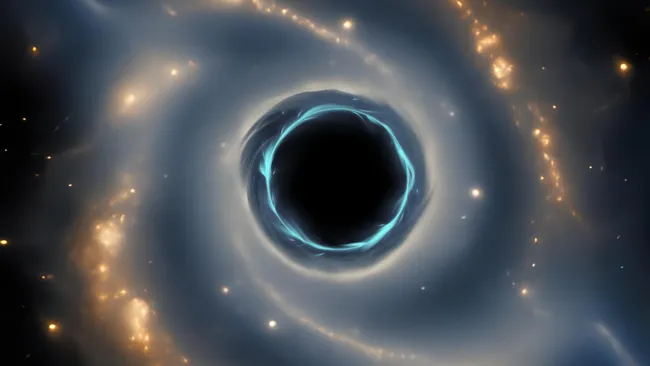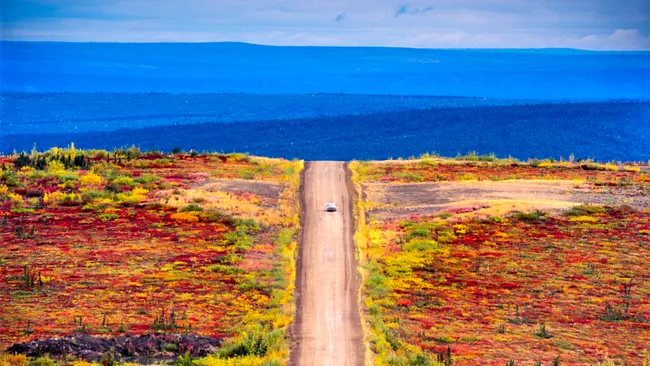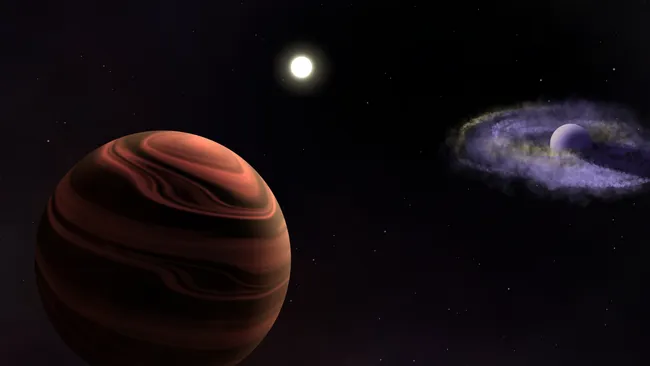A fiery streak across the sky marked the heroic return of the Axiom-4 space mission on July 15, 2025, as four astronauts splashed down safely in the Pacific Ocean, west of California. They had just completed a groundbreaking two-week journey aboard the International Space Station (ISS).
The crew’s ride home? SpaceX’s Dragon spacecraft, which lit up Earth’s upper atmosphere in a dazzling trail of plasma—a result of extreme friction between the craft’s heat shield and atmospheric gases during reentry.
The image, captured from the ISS, shows Dragon moments after it detached from its trunk and began its plunge toward the Pacific. With its capacity to carry up to seven crew members, Dragon has become SpaceX’s go-to vehicle for ferrying astronauts and cargo in low-Earth orbit.
The Axiom-4 mission wasn’t just routine—it was historic. It marked the first time astronauts from Hungary, India, and Poland reached the ISS, making them national pioneers in space. Commander Peggy Whitson, a seasoned NASA astronaut, also extended her own record for most cumulative days in space by an American—a stunning 695 days.
Originally planned as a 14-day stint, the mission extended to 18 days to ensure safe orbital alignment for reentry. During their stay, the astronauts conducted multiple scientific experiments in the ISS’s unique microgravity environment—advancing research that could shape future missions and even life back on Earth.
The return of Axiom-4 via Dragon is not just a reminder of human technological achievement, but also a symbol of international collaboration and new beginnings in space exploration.
What’s next?
With missions like this pushing boundaries, the era of private and multinational crews aboard the ISS is no longer science fiction—it’s the future.

